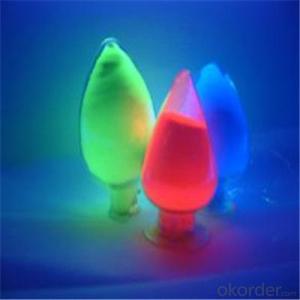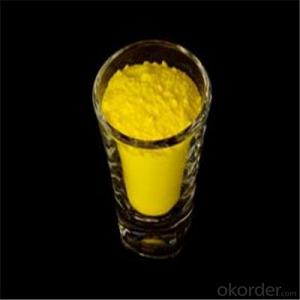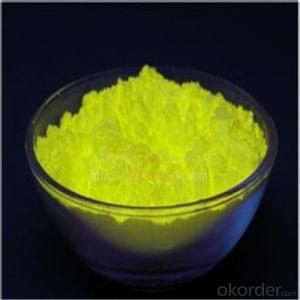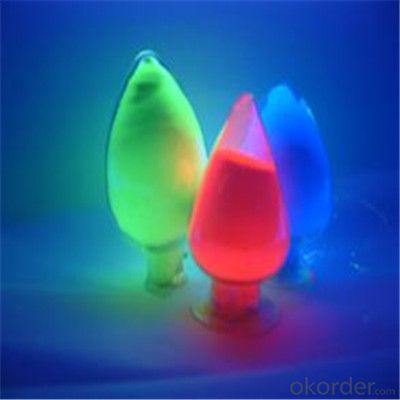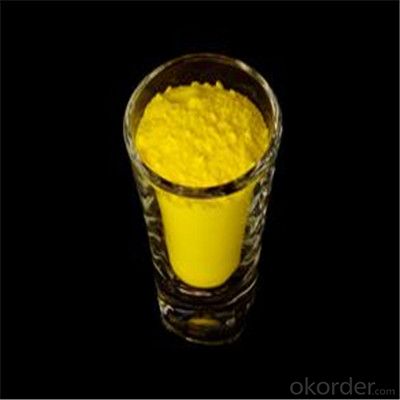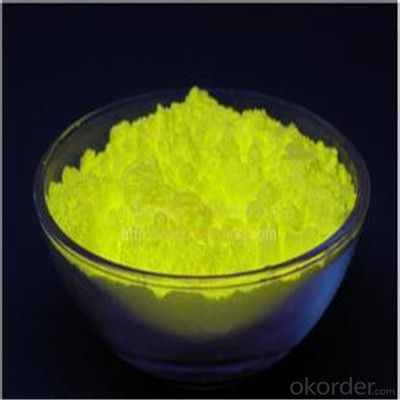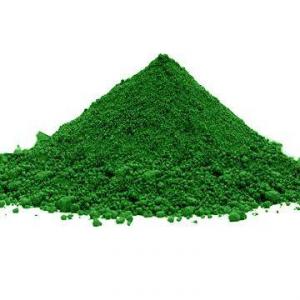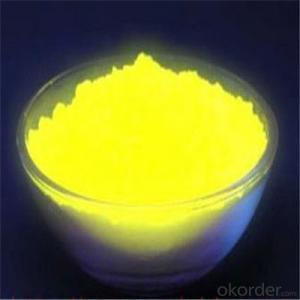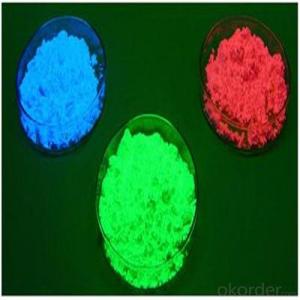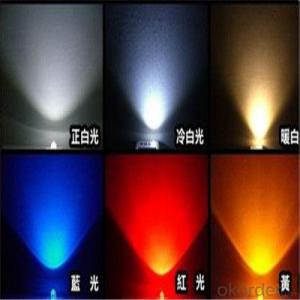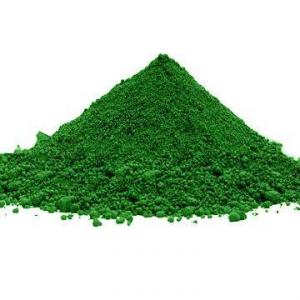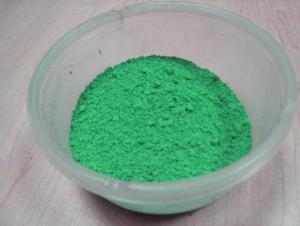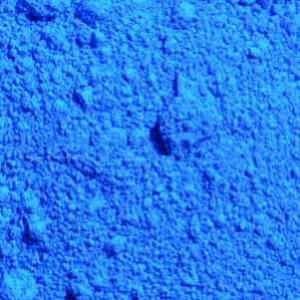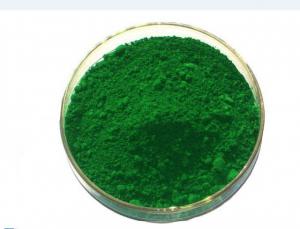LED Fluorescent Powder with with CE Approved
- Loading Port:
- Ningbo
- Payment Terms:
- TT OR LC
- Min Order Qty:
- 43 kg
- Supply Capability:
- 100000 kg/month
OKorder Service Pledge
OKorder Financial Service
You Might Also Like
Description of LED Fluorescent:
Separate the powder in the epoxy glue or silica gel uniformly, after deaeration, dot the powder on the CMOS chip, the LED encapsulation will be finished after solidification, etc. It also can be used after mixing with other phosphor (such as red and green powder) in certain proportion to get your required color temperature or rendering index.
Festures of LED Fluorescent:
The powder is a kind of yellow phosphor for LED encapsulation use with the characteristics of high brightness,good stability and no harm to human and environment, which is fired through special manufacturing techniques. This kind of powder is quite applicable to the encapsulation of high color rendering white LED or other lighting appliances.
Specifications of LED Fluorescent:
Fluorescent powder or Phosphors are often transition metal compounds or rare earth compounds of various types. The most common uses of phosphors are in CRT(cathode ray tube) displays and fluorescent lights. CRT phosphors were standardized beginning around World War II and designated by the letter "P" followed by a number.Phosphorus, the chemical element named for its light-emitting behavior, emits light due tochemiluminescence, not phosphorescence.
Images of LED Fluorescent:

FAQ:
1.When can i get the price quotation?
We can send you the quotation within 24hours after your inquiry, including the shipping cost if you need.
2.What about payment term?
30% T/T deposit, balance against B/L copy.
Full T/T payment if quantity less than MOQ.
3. What’s your after-sales service?
One-year warranty, and 1% common accessories.
- Q: Why do algae contain pigments other than just chlorophyll?
- they stay underwater...the water swollows easy in a definite sequence, so the deeper they stay the greater distinctive is the easy and that they elect different pigments than landplants.
- Q: What pigments are used in photosynthesis?
- Chlorophyll(green) is the primary pigment used in photosynthesis. Besides chlorophyll, plants also use pigments such as carotenes(orange) and xanthophylls(yellow).
- Q: I hear about it cause my Friend is albino and she was born with no pigments in her hair,skin or eyes
- then she is natural coz she is not using any substances to colour or paint....
- Q: How do you use pigments?
- The question is Why do you use pigments? I promise you they will not bring any amount of joy or happiness to your life, and they are probably a waste of money.
- Q: I hear about it cause my Friend is albino and she was born with no pigments in her hair,skin or eyes
- then she is natural coz she is not using any substances to colour or paint....
- Q: How are plant pigments like teammates on a sports team? And What is the goal of their teamwork??
- Pigments in the reaction center work together to organize themselves in place, to protect the plant from injury from incidental light, and to absorb photons from the spectrum with each pigment catching its own portion of the incoming wavelengths. The accessory pigments catch and pass energy to chlorophyll a. Chlorophyll a is the specialist that plays the photon's electromagnetic energy into chemical. It splits water to release its electrons and hydrogen ions for use in the calvin cycle where glucose is manufactured. The goal is to fix energy into a usable organic form for the plant to live on.
- Q: Pleaseeeeee answer A.S.A.P Pleaseeee! Are pigments haram?
- Pigments are extracted from plants as well as animals . For more kindly click on the link below = en.wikipedia.org/wiki/Biological_... Most of the pigments that we use are either from plants ,from minerals or synthetic in origin . Most of the edible pigments are synthetic or from plants so they are not haram . It is now compulsory to indicate any animal material used in any edible product including tooth pastes by a deep red square on the label . If it is 100% plant product then green squre is shown on the label . So you can judge if it is Haram or not by yourself.
- Q: What pigments take part in photosynthesis?
- The green chlorophyll a & b
- Q: What are MAC pigments?
- Eyeshadow I think....
Send your message to us
LED Fluorescent Powder with with CE Approved
- Loading Port:
- Ningbo
- Payment Terms:
- TT OR LC
- Min Order Qty:
- 43 kg
- Supply Capability:
- 100000 kg/month
OKorder Service Pledge
OKorder Financial Service
Similar products
Hot products
Hot Searches
Related keywords
